Vietnamese exporters gain from FTAs
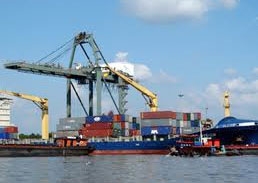 |
| illustration photo |
Le Phuoc Vu, chairman of Vietnam’s second largest steelmaker Hoa Sen Group, started its business selling sheet steel at a crossroads in Hanoi in 1994 with his savings from his previous job and a bit of family money.
In the 2013 fiscal year Hoa Sen generated $252 million from its steel exports, up from $180 million in 2012 and only $5 million in 2009.
According to the Economist Economic Intelligence Unit (EIU), FTAs “have played a major part in taking Hoa Sen down this road.”
“A seeping reduction of tariffs as part of the ASEAN Free Trade Agreement in 2007 allowed Hoa Sen to start selling its rolled steel to companies in neighbouring ASEAN member states,” said a recently released EIU report on FTAs in Southeast Asia.
According to the EIU, 76 per cent of exporters in Vietnam said they used FTAs because they wanted to “see greater outreach to businesses like mine and trade issues.” This rate was highest and followed by Indonesia (75 per cent), ASEAN average (64 per cent), Singapore (52 per cent), Malaysia (51 per cent) and other Asian economies (45 per cent) including Australia, China, Hong Kong, and India.
“Vietnam is only the showcase example of how fast nations can develop in ASEAN as trade barriers fall,” said the report.
According to the EIU, on average, each FTA signed by Vietnam is used by 37 per cent of local exporters.
In 1992 Vietnam inked the ASEAN FTA and has signed other FTAs between ASEAN and China, Japan, South Korea, India, Australia and New Zealand. The country also has bilateral FTAs with Japan and Chile.
Vietnam is also negotiating FTAs with ASEAN+6, South Korea, the EU, the Trans-Pacific Partnership and the Customs Union (Russia, Belarus and Kazakhstan). It has also co-operated with ASEAN member states to study the possibility of an ASEAN+3 FTA with China, Japan and South Korea as a whole.
The reported noted that 14 per cent of exporters in Vietnam use preferences available for trade with Australia and New Zealand, compared to 65 per cent that use the ASEAN agreements. Some 45 per cent also use the ASEAN-China FTA.
Vu said FTAs’ advantages included both overseas business growth and the prospect of a better business environment at home.
“Hoa Sen has to import raw materials and we also export products to over 40 countries and territories around the world. Therefore, the knowledge and use of FTAs are very important to us,” he said.
According to the EIU, in terms of exporters, 87 per cent reported an increase in outgoing goods thanks to FTAs, with 34 per cent saying they saw a ‘significant increase’ and 53 per cent saying a ‘moderate increase’. Other direct benefits were also included with 80 per cent saying they were ‘creating new investment opportunities’ and 70 per cent saying they ‘widen client base’.
Regarding FTA information sources, 63 per cent said they sought information from the Ministry of Industry and Trade, another 68 per cent said a special government agency, and 64 per cent government industry associations.
“The ingoing integration in the ASEAN region through FTAs is certain to be a great motivation for Vietnam to enhance its legal framework to improve the overall business environment,” Vu added.
What the stars mean:
★ Poor ★ ★ Promising ★★★ Good ★★★★ Very good ★★★★★ Exceptional
Latest News
More News
- 10 bright spots for planning and investment in 2024 (December 28, 2024 | 15:00)
- SABECO announces dividend amid solid financials (December 27, 2024 | 16:27)
- Tetra Pak’s Direct UHT technology a boon for coconut industry (December 24, 2024 | 08:00)
- Ho Chi Minh City Metro Line No. 1 officially opens (December 23, 2024 | 14:39)
- Vietnam SuperPort partners Vietnam Post in digital logistics to accelerate SME growth (December 18, 2024 | 09:53)
- More than $2 billion boost to growth as UK joins CPTPP (December 16, 2024 | 17:25)
- Enterprises awarded for pioneering innovation to attract talent (December 16, 2024 | 16:43)
- CIEM raises growth prospects for Vietnam (December 13, 2024 | 10:55)
- Decoding the variables shaping investments in 2025 (December 13, 2024 | 10:53)
- Vietnamese enterprises embrace value creation model (December 13, 2024 | 09:00)



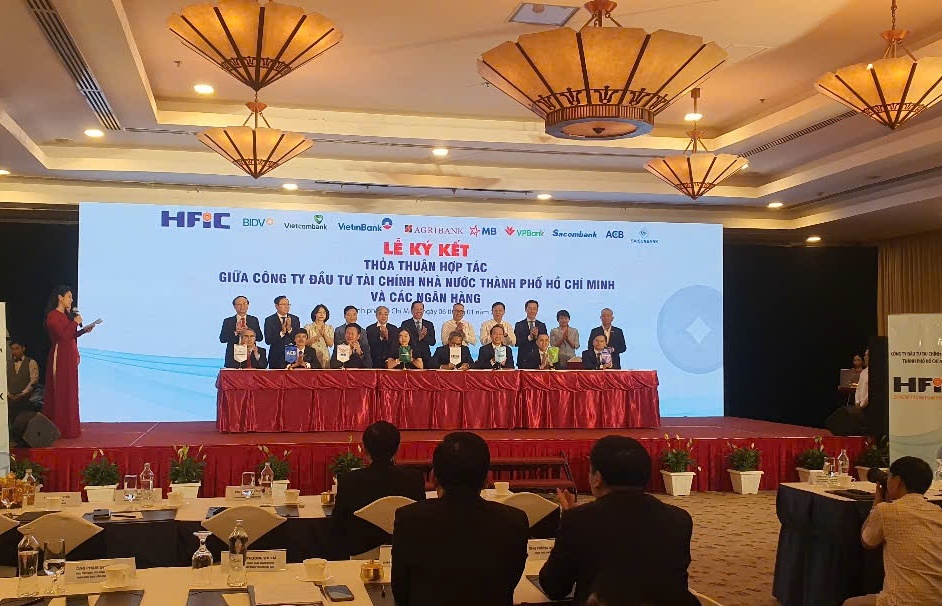
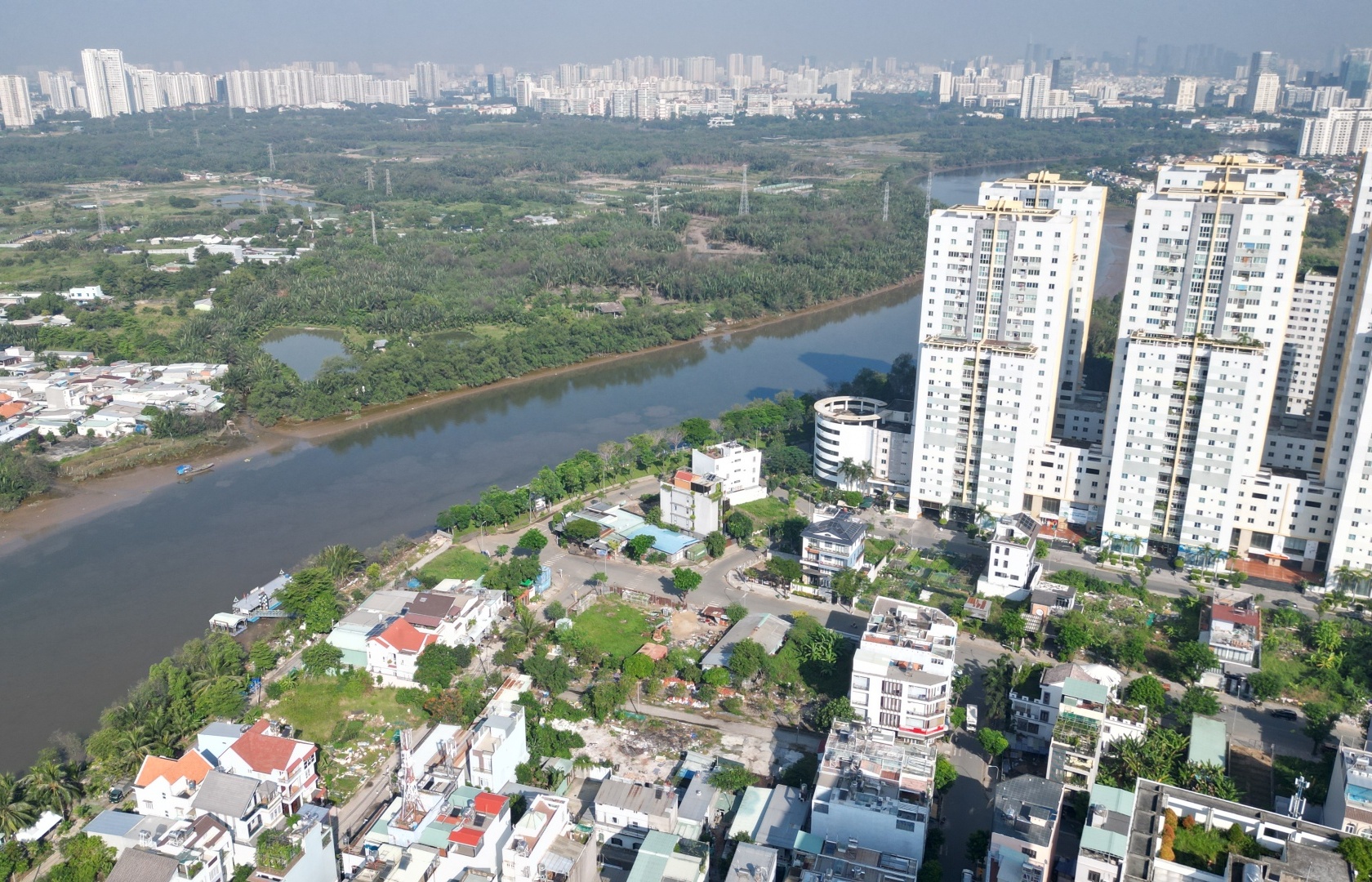




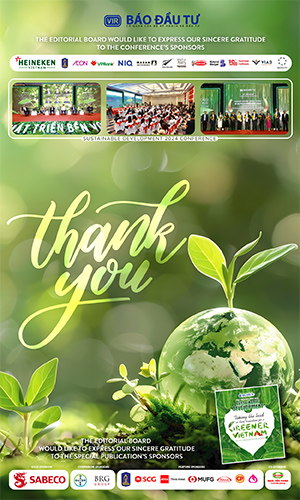




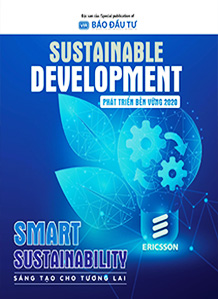
 Mobile Version
Mobile Version